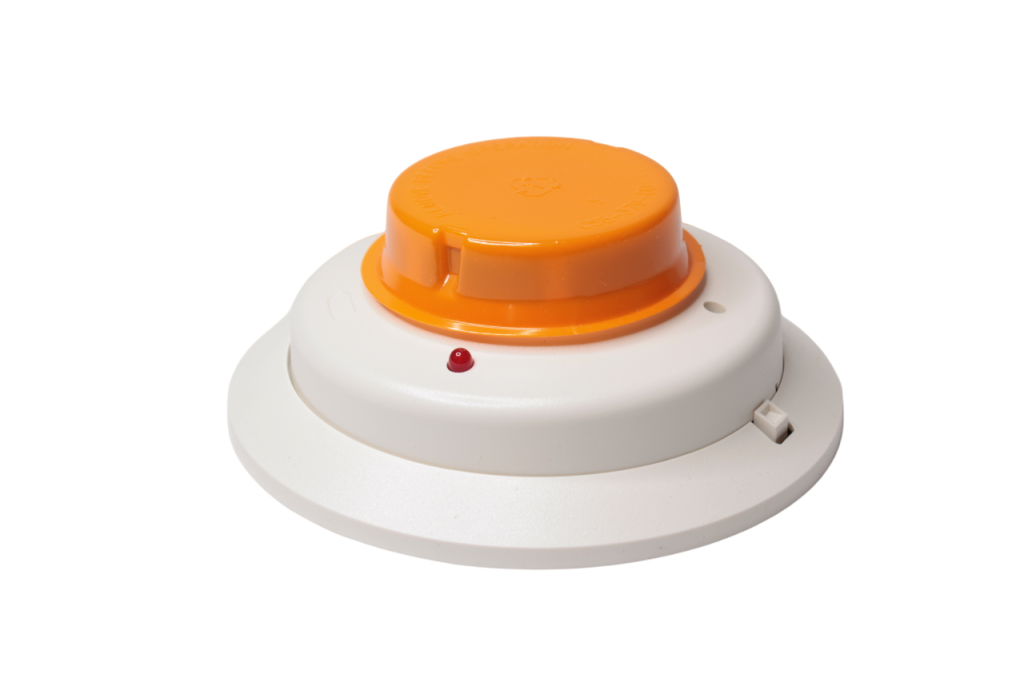Smoke alarms are a vital component of home safety, providing early detection of fires and alerting occupants to potential dangers. To ensure their reliable operation, regular maintenance, cleaning, and timely battery replacement are essential. Here are the key aspects to consider:
1. Regular Testing:
- Frequency: Smoke alarms should be tested at least once a month to verify their functionality.
- Testing Process: Press the “Test” button on the smoke alarm to confirm that the alarm sounds loudly.
2. Battery Replacement:
- Frequency: Batteries in smoke alarms should be replaced at least once a year, even if they still appear to be functioning.
- Battery Type: Use high-quality, long-lasting batteries (e.g., lithium or alkaline) to ensure reliability.
- Change Prompt: Replace batteries immediately when the low-battery warning chirp is heard.
3. Cleaning and Dust Removal:
- Frequency: Clean smoke alarms every six months or when visibly dirty.
- Cleaning Process: Use a vacuum cleaner attachment or a can of compressed air to remove dust, dirt, and cobwebs from the alarm’s sensors and vents.
- Avoid Painting: Do not paint over smoke alarms, as this can interfere with their sensors.
4. Sensor Replacement:
- Longevity: Smoke alarms have a limited lifespan (usually 10 years). Replace the entire unit when it reaches the end of its recommended life.
- Manufacture Date: Check the manufacture date on the back of the alarm to determine its age.

5. Interconnected Alarms:
- If interconnected: If you have interconnected smoke alarms in your home, ensure that all alarms are maintained and tested regularly to ensure synchronized operation.
6. Alarm Placement:
- Proper Installation: Install smoke alarms in every bedroom, outside sleeping areas, and on every level of your home. Follow manufacturer guidelines for placement.
- Types of Alarms: Consider using both ionization and photoelectric smoke alarms to provide comprehensive fire detection coverage.
7. Alarm Malfunctions:
- Address Issues: If your smoke alarm is malfunctioning (e.g., false alarms or constant beeping), address the problem promptly. Check for any loose or disconnected wires.
- Professional Inspection: If you’re unsure about the alarm’s condition, consider having a professional inspection to ensure it complies with local regulations and standards.
8. Fire Escape Plan:
- Develop a Plan: In addition to maintenance, create and regularly review a fire escape plan with your household members. Ensure everyone knows the designated meeting place outside the home in case of a fire.
Regular maintenance, cleaning, and battery replacement of smoke alarms are simple yet crucial steps in ensuring the safety of your home and loved ones. By following these practices, you can have confidence that your smoke alarms will provide early warnings in the event of a fire, giving you valuable time to escape safely.
